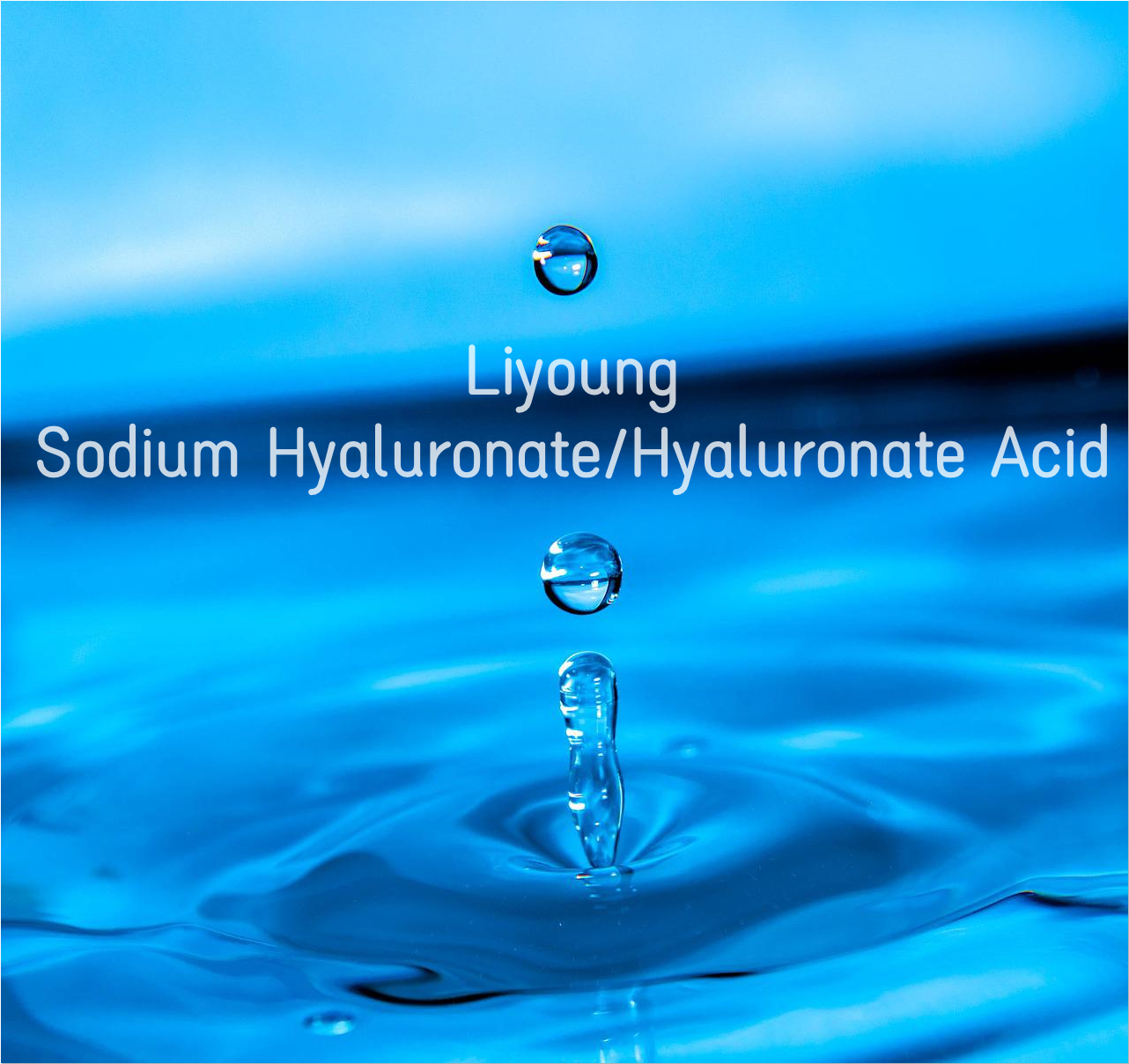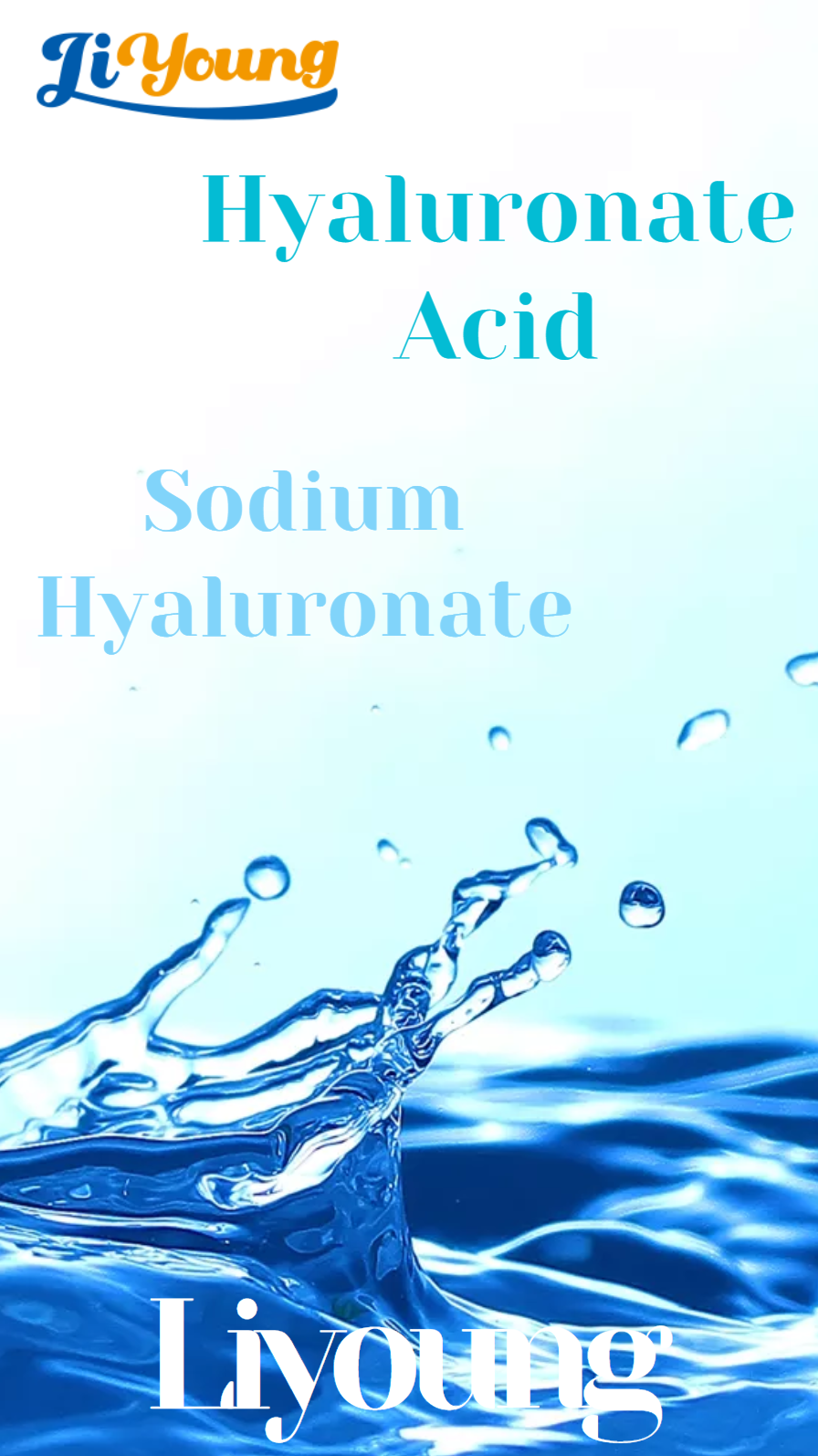
Sodium hyaluronate, with the chemical formula (C14H20NO11Na)n, is an inherent component in the human body. It is a glucuronic acid without species specificity. It is widely found in placenta, amniotic fluid, lens, articular cartilage, skin Dermis and other tissues; in organs, it is distributed in the cytoplasm and intercellular substance, and plays a lubricating and nourishing role for the cells and cellular organs contained therein.
At the same time, it provides a microenvironment for cell metabolism. It is a gel made by combining a human body's natural "hyaluronic acid" with other anti-wrinkle drugs that promote cell regeneration, and is used by injection.
Moisturizing effect is the most important role of sodium hyaluronate in cosmetics. Compared with other moisturizing agents, the relative humidity of the surrounding environment has less influence on its moisturizing ability.

Principle
The traditional theory holds that the formation of wrinkles is related to the rupture or loss of collagen elastic fibers. Modern medical research has found that another fundamental reason for the formation of wrinkles is the change of the intercellular substance, that is, the reduction of the formless component "hyaluronic acid" between cells, while the cell scaffold and elastic fibers still exist. Micro plastic surgery is to supplement the lost invisible interstitial components, thereby changing the metabolic environment of cells and the balance of water and ions, thereby increasing the viscoelasticity of the skin and achieving cosmetic results. Sodium hyaluronate is the main component of synovial fluid in the joint cavity and one of the components of the cartilage matrix. It plays a lubricating role in the joints and reduces the friction between tissues. After injection into the joint cavity, it can significantly improve the inflammatory response of synovial fluid tissue and enhance the The viscosity and lubricating function of synovial fluid can protect articular cartilage, promote the healing and regeneration of articular cartilage, relieve pain and increase joint mobility. It is often injected into the joint, 25 mg once a week, once a week for 5 consecutive weeks, and strict aseptic operation is required.

